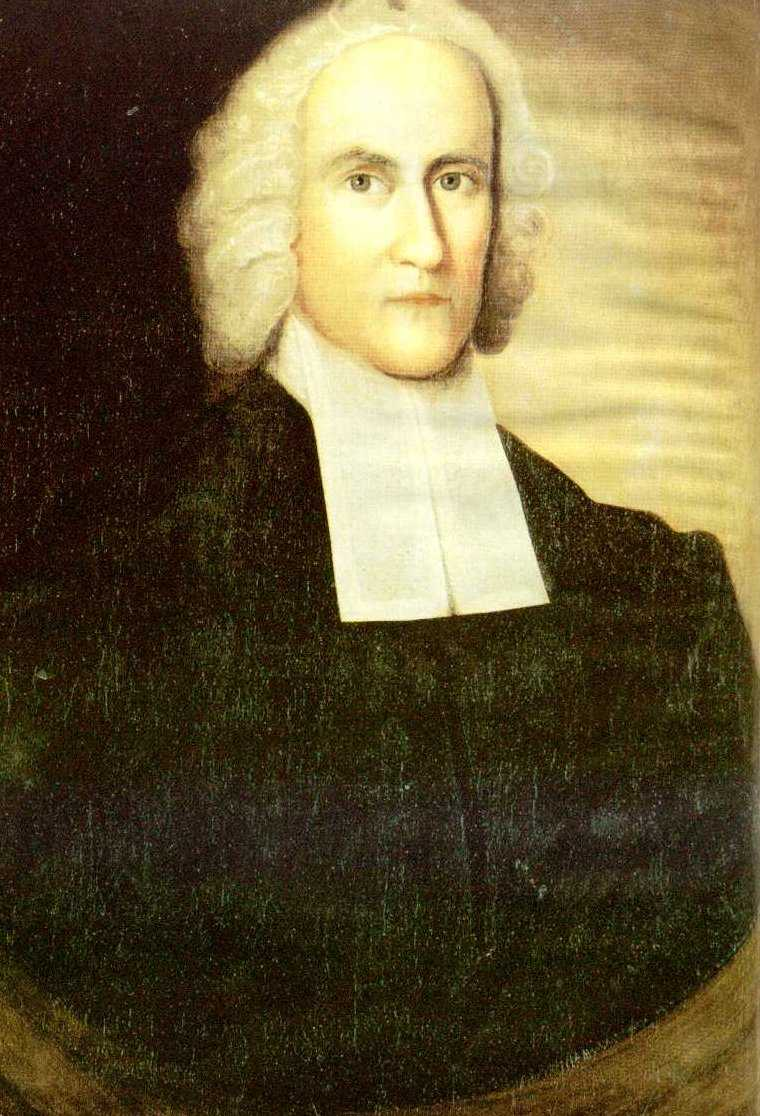|
|
Online Texts
for Craig White's
Literature Courses
|
|
|
Jonathan Edwards (1703-58) Of the Rainbow (excerpts) (written in Edwards's youth) |
|
Instructor's note: This essay by a young Edwards deepens our appreciation of Edwards's intellectual range in a time of change between the balance of science and religion. Today Edwards is best remembered for his sermon Sinners in the Hands of an Angry God and the religious emotionalism associated with the Great Awakening, in contrast to the Enlightenment attitudes of his contemporaries including the more secular-minded Founders of the USA like Benjamin Franklin. In contrast to this stereotype, "Of the Rainbow," like "Of Insects," shows Edwards both aware of and practicing the science of the Enlightenment by his references to Sir Isaac Newton and by his careful powers of empirical observation. Yet Edwards retains a Puritanical overlay to his science by witnessing all actions of nature as evidences of the glory of God. This combination of science and religion may be found frequently in literature of the early Enlightenment and later literature as well.
![]()
[1]
We
shall endeavor to give a full account of the rainbow and such an one as
we think if well understood, will be satisfactory to any body, if they are fully
satisfied of Sir Isaac Newton’s Different Reflexibility and
Refrangibility of the Rays of Light . . . .
[2] The first question then shall be what is that reflection which we call a rainbow from. I answer from the falling drops of rain, for we never see any rainbow, except it be so that the sun can shine full upon the drops of rain, except the heavens be so clear on one side as to let the uninterrupted rays of the sun come directly upon the rain that falls on the other side. Thus we say it is a sign of fair weather when there is a rainbow in the east, because when there is a rainbow in the east, it is always already fair in the west. . . .
[2a] . . . [I] can convince any man by ocular [visual] demonstration in two minutes on a fair day that the reflection is from drops, by only taking a little water in my mouth and standing between the sun and something that looks a little darkish, and spurting of it into the air so as to disperse all into fine drops; and there will appear as complete and plain a rainbow with all the colors as ever was seen in the heavens, and there will appear the same if the sun is near enough to the horizon upon fine drops of water dashed up by a stick from a puddle. . . . I have frequently heard my countrymen that are used to sawmills say that they have seen a rainbow upon the drops that are dispersed in the air by the violent concussion of the waters in the mill, and what is equivalent to a rainbow.
[2b] If one take a drop of water upon the end of a
stick and hold it up on the side that is opposite to the sun and moving it along
towards one side or t’other, you will perceive where the drop is held just as
such a distance from the point opposite to the sun that the rays of the sun are
much more vividly reflected by it to your eye, than at any other place nearer or
further of, and that in the colors of the rainbow too; so that if there had been
enough of these drops, there would have appeared a perfect rainbow; and if you
have a mind to see more distinctly, you may fill a globular glass bottle with
water, the glass of it must be very thin and clear, and it will serve your turn
as well as so big a drop of water, and by that means you may also distinctly see
that the reflection is from the concave and not from the convex surface.
[3] The next thing that wants a solution is what should cause the reflection to be circular . . . . Why should not all the drops that are within the circle reflect as many rays as those that are in the circle or where the circle is? To resolve this we must consider this one law of reflection and refraction to wit. If the reflecting body be perfectly reflexive, the angle of reflection will be the same as the angle of incidence, but if the body be not perfectly, so the angle will be less than the angle of incidence. . . . [There follows an extended and precise description of physical optics.]



